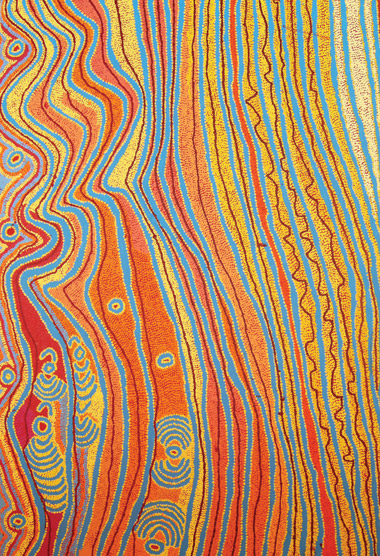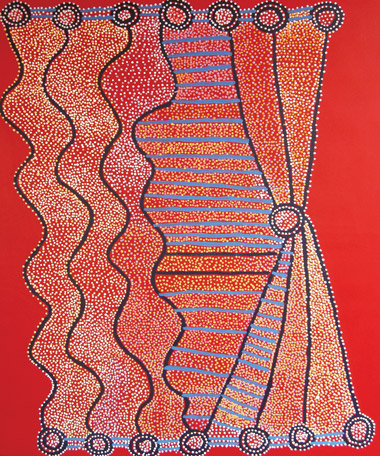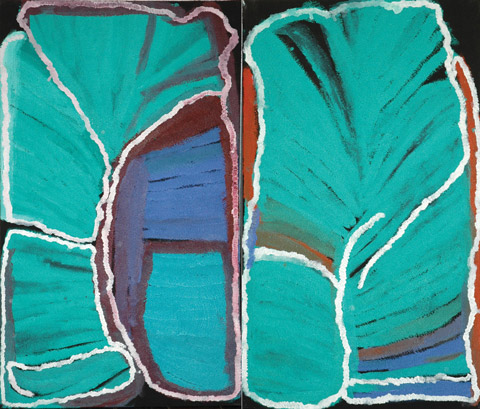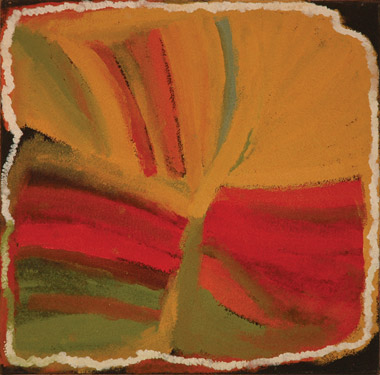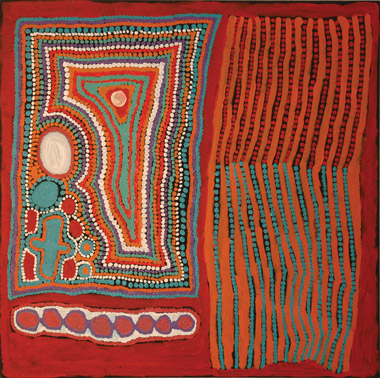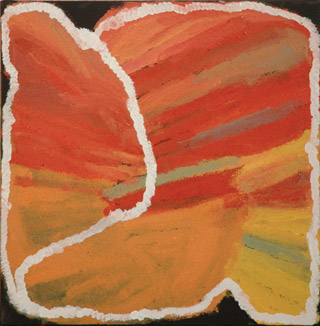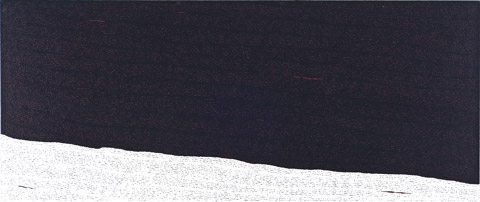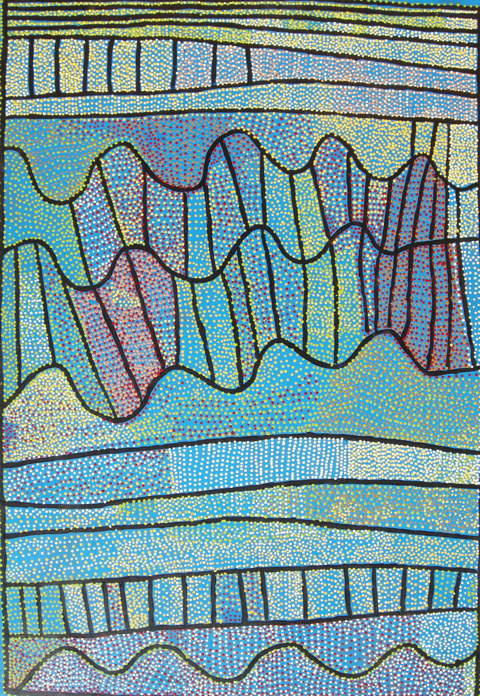I don’t know where I would be — six years’ study is a long time — and the fact that I have had a home, with meals, on campus lets me do the job I have to do to pass my exams. I have been here for four years now, and I have had the time to work hard at uni, and work out where I want to go when I graduate. The scholarship — without question — has allowed me to stay at uni and get on with my dream of becoming a doctor. I really want to go into public health when I finish — and make a difference to my people. — Josef McDonald, fifth year medical student
Josef is one of 22 Aboriginal students enrolled in medicine at the University of New South Wales (UNSW), and one of 10 students who hold a Shalom Gamarada Ngiyani Yana residential scholarship.
These scholarships are funded mainly from the proceeds of the annual Shalom Gamarada Ngiyani Yana Art Exhibition and show (http://www.shalomgamarada.org/). The art show is run in partnership with Shalom College, and two distinct Aboriginal units on campus, the Muru Marri Indigenous Health Unit and the Nura Gili Indigenous Programs at UNSW.
All of our works are sourced from community art centres and we expect to have about 130 pieces on display this year, some of which can be seen in this issue of the Journal (see below), with prices ranging from $150 to $50 000 or more.
Details of the Exhibition and show
Open: 10am to 6.30pm each day from 19 July to 26 July
Art Panel: art centre managers from Peppimenarti, Yuendumu and Bidyadanga, 3pm Sunday 19 July 2009
Health Forum: 3pm Sunday 26 July 2009
More information: visit http://www.shalomgamarada.org/ or call Professor Lisa Jackson Pulver on 02 9385 1769.
- Lisa R Jackson Pulver1
- Muru Marri Indigenous Health Unit, University of New South Wales, Sydney, NSW





